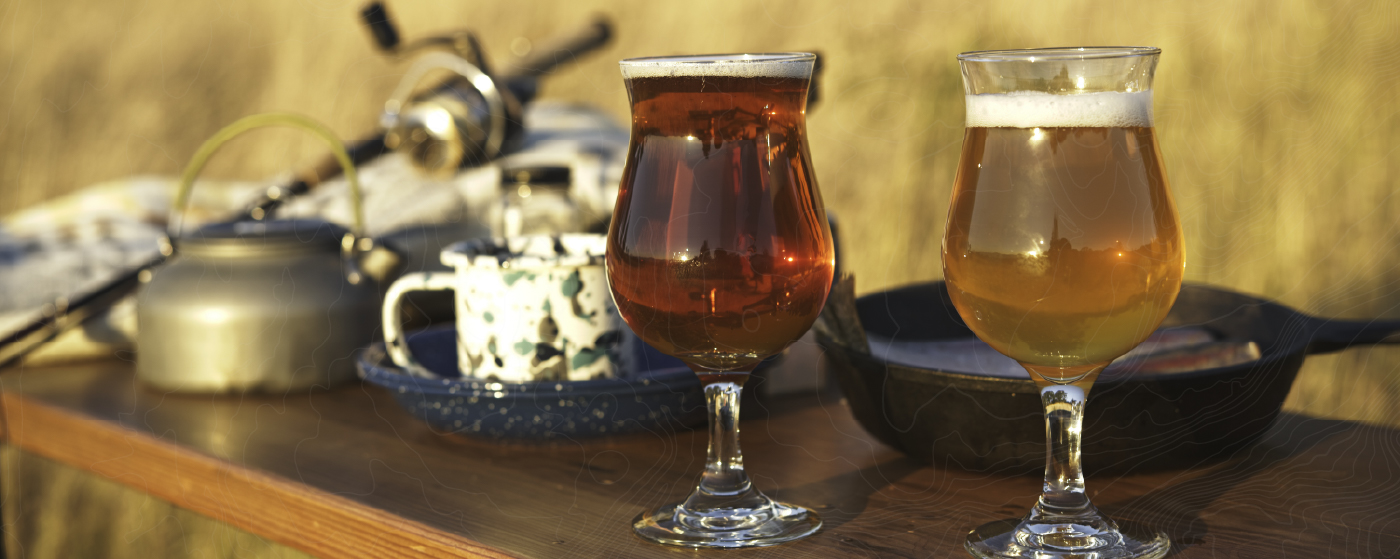Brewing Session Beers

Session beers are a versatile category that can be brewed to a broad range of specifications, depending on what the brewer has in mind. The beer can be light or full bodied and range from 2 to 5% ABV. To keep the beer around 4% ABV with a distinct taste and be well balanced, you will have to consider several factors to achieve the envisioned beer. While higher alcohol beers develop much of their flavor and character from the pitched yeast having more fermentables available and a fuller body, it can be challenging to replicate the same character in a session style.
Recipe & Mashing Tips
If the intention is to brew a 12 Plato (1.048 SG) beer, with a higher final gravity with the purpose of obtaining a lower ABV, the recipe and the mashing procedures can be modified. For the recipe, some unfermentable ingredients can be added. Or, the brewer can mash at a warmer temperature in the range of 150 – 165 °F (65.5 – 73 °C) for 60 minutes which will produce a wort with more glucose, maltose and unfermentable dextrins. Because the α-amylase enzyme will be more active at this temperature, it will leave a fuller bodied beer. Some ingredients in the recipe to consider for a sweeter taste are Vienna and Munich malts.
Hopping Techniques
When brewing a very hoppy session beer with the intention of extracting more flavor and aroma during the boil with sufficient, pleasant bitterness, the “Hop bursting technique” can be applied. This technique adds an enormous amount of hops during the last 15 minutes to the kettle – a brewing practice that produces a wort that can be fermented for more flavor than bitterness. Make sure your recipe and brewing plan is well-balanced to achieve a beer with intense aromas and full flavor.
Another option to consider is Whirlpool hop additions for 30 minutes and dry hopping during fermentation, depending on what is appropriate for the beer profile.
Yeast Strain Selection & Pitch Rate
For session beer styles, yeast choice is very important since the goal is to achieve more flavor during the fermentation process, in which the pitching rate will influence the ester production too. The pitching rate can be in the range of 0.5 to 1.0 million yeast cells/mL/Plato. To achieve 0.5 million cells/mL/Plato, use one fresh ActivatorTM. For a higher pitch rate, use two fresh ActivatorsTM or make a starter. Fermenting at 68 °F (20 °C) will also increase the ester production. Explore this summer’s Private Collection release, Session Season, for our hand-picked strains ideal for Ordinary and Best Bitters, London Brown Ale, American Pale and Blonde Ales, Witbier, Cream Ale, and more.
– Fausto Yu-Shan
Technical Product Support Manager
Professional Brewer
